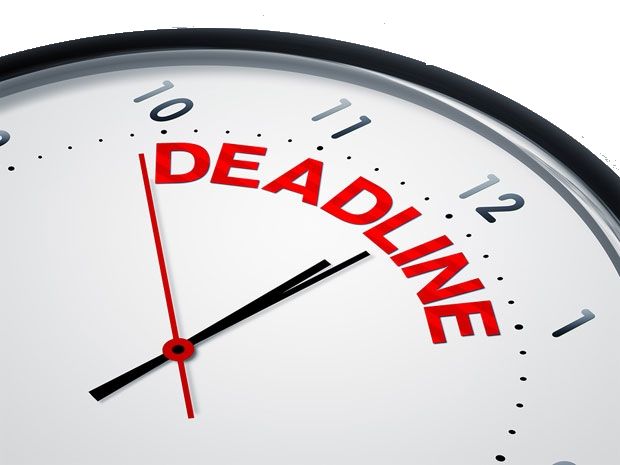Airline Overbooking
You are all packed an ready to go on a trip to New York City. After you check in at the ticket counter, the airline clerk announces that your flight has been overbooked. Passengers need to chek in immediately to determine whether they still have a seat.
Historically, airlines know that only a certain percentage of passengers who have made reservations on a particular flight will actually take that flight. Consequently, most airlines overbook= that is, they take more reservations than the capacity of the aircraft. Occasionally, however, more passengers will want to take a flight than the capacity of the plane, leading to one or more passengers being bumped and thus unable to take the flight for which they had reservations.
Airlines deal with bumped passengers in various ways. Some are given nothing, some are booked on later flights on other airlines, and some are given some kind of cash or airline ticket incentive. Consider the overbooking issue in light of the following COVID situation:
- Fewer flights by airline from point A to point B.
- Higher security, vaccine controls and mask mandates at airports.
- Passenger’s fears to get infected with COVID-19.
- Loss of billions of dollars in revenue by airlines during the pandemic.
Your time has been hired by an international airline for advise on the best possible strategy to resolve overbooking situations.
Build a mathematical model that examines the effects that different overbooking schemes have on the revenue received by an airline company in order to find an optimal overbooking strategy, that is, the number of people by which an airline should overbook a particular flight so that the company’s revenue is maximized. Ensure that your model reflects the issues above, and consider alternatives for handling bumped passengers. Additionally, write a short memorandum to the airline CEO summarizing your findings and analysis.
Important: As I mentioned to you last time, start writing a survey of finding maximum and minimum of functions, including constraint minimizers (Lagrange multipliers) as in your calculus book. This should be your background material. Also you may use as a guide and source of materials, the book that I also mentioned by Mark M. Meerschaert ‘Mathematical Modeling” (electronic copy available at the UMN library). Another good approach is to go to the math library and search the shelf on optimization.

 Our orders are delivered strictly on time without delay
Our orders are delivered strictly on time without delay  Our orders are delivered strictly on time without delay
Our orders are delivered strictly on time without delay 


